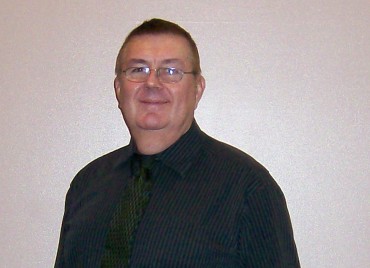
Allen Zielnik is Senior Consultant of Solar Energy Competence Center at Atlas Material Testing Technology. Atlas is a recognized leader in material testing, offering a complete line of instruments and services for accelerated and natural weathering. Zielnik reveals his unique views on the solar market and technologies based on his experience in material testing.
By Jeanny Lim
Could you please update us on the global trends in renewable energy investment? What are the future prospects for investment?
We have a more unusual perspective on the industry than most as we are a supplier of testing services and equipment specializing in the long-term field durability and performance of PV modules and systems. A disturbing fact is that most manufacturers have little to no knowledge regarding how their modules are likely to environmentally age, yet they establish long-term warranties and performance specifications that feed directly into the ROI calculations for venture capital product development, financing of system installations and insurance underwriting. This is particularly true for the thin-film technologies where the aging mechanisms are very different than those of wafer-based silicon designs. Plus many of the failures are also related to BOS durability. This risk management issue has been acknowledged at the technical level in solar reliability conferences and standards committees and is now given serious attention at solar energy investment conferences. Expect durability and reliability issues to be a hot topic as PV competes with CSP for market share.
How much investment has been made into the renewable energy industry in your country/region? And what are the future prospects?
I’ll leave the quantitative estimates to others more qualified, but I will say that the prospects fall into two very different categories. The first is small-scale commercial and residential systems dominated by BAPV (Building Applied PV such as rooftop arrays) and BIPV (Building Integrated PV; e.g., PV roofing materials, solar glass). The growth of these markets is affected by governmental subsidies, the lack of industry standards which are needed to foster growth, and the early failures of some poor products leading to hesitation in the marketplace. Plus, of course, the relatively high cost of PV hardware at the moment.
The second growth area is in large commercial- and utility-scale systems, principally in the high solar radiation Southwest U.S., just as it is in other places such as the south of Spain and the Middle East. These are extremely harsh climates in terms of material durability; an unexpectedly high cost of replacing failed modules or a system power loss of an extra few percent can make the difference between success and failure. Yet many manufacturers and investors are really trusting to luck. By the way, it may be a surprise to many, but the required IEC module type design qualification tests for early “infant mortality” are neither designed to nor capable of indicating long-term field performance. Even the UL safety tests only predict initial, non-aged characteristics and not long-term risk hazards. These issues will become exacerbated as the industry develops ever more CPV technologies.
What kind of correlation is there between the price of raw materials, oil and electricity and the renewable energy industry?
It all comes down to the LCOE (Levelized Cost of Energy). We don’t know where oil will be, but we will increase the use of alternate energy. Cost reduction dominates PV today, but we are approaching the limits where economies of scale can drive down the key traditional semiconductor material costs. Newer low-cost technologies such as OPV still need to be proven. Therefore, apart from automated manufacturing, the key drivers are less complex lower cost designs and substitute materials, but these can have negative long-term reliability consequences unless adequately vetted.
Jeanny Lim is Editor-in-Chief of InterPV. Send your comments to swied@infothe.com.
For more information, please send your e-mails to pved@infothe.com.
ⓒ www.interpv.net All rights reserved
|



